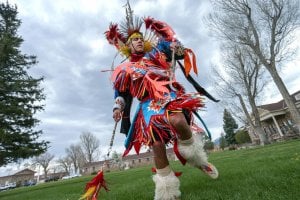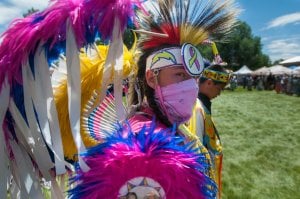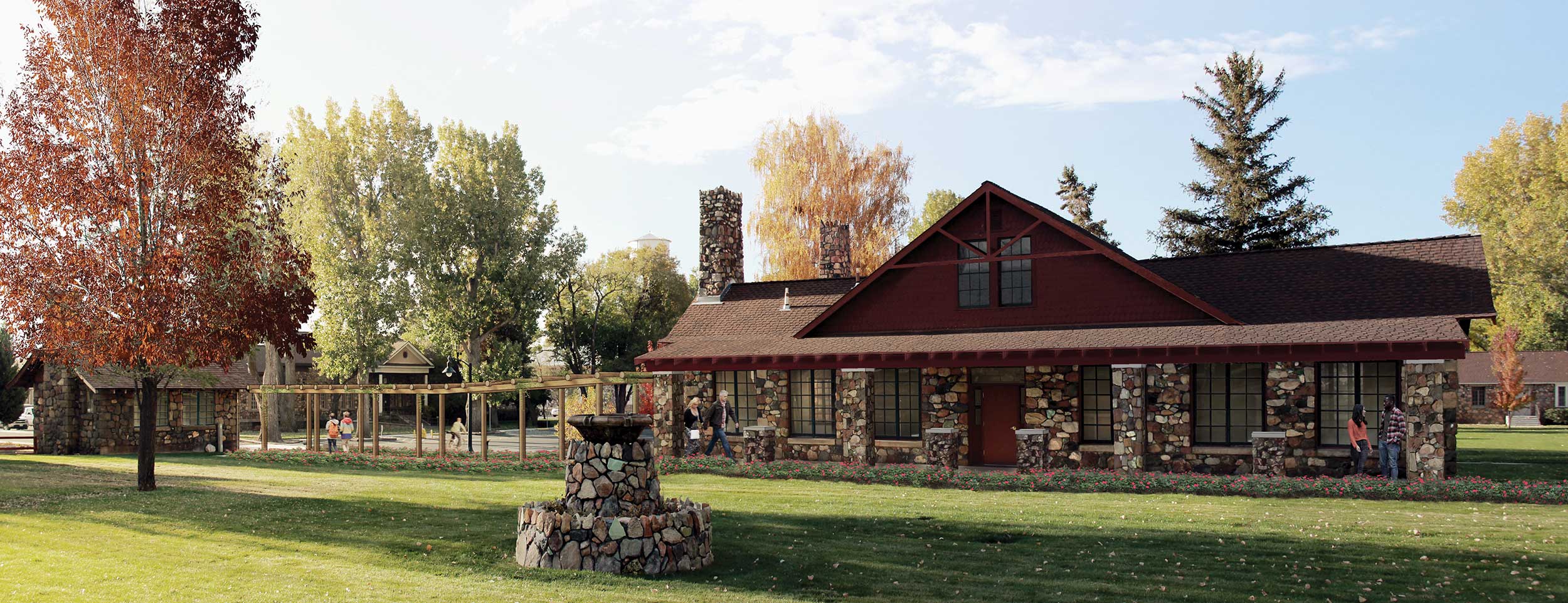The Stewart Indian School is a historical and educational treasure of Carson City. It is a highly recommended place to visit to enrich yourself on the cultural and historical impact the school and its intentions had on the Washoe, Northern and Southern Paiute and Western Shoshone tribes in Nevada. As the only off-reservation Indian boarding school in Nevada from 1890-1980, the stone buildings are an icon of education and representation of life for many American Indians.
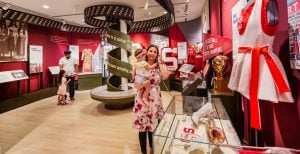
For ninety years, Stewart Indian School fulfilled a federal commitment to pursue Native American education in Nevada. It changed the course for generations of American Indians. It was part of the federal government’s assimilation policy that removed children from their families in order to teach students English and job skills, all part of an effort to eradicate Native culture. The Stewart Indian School Living Legacy preserves their stories and cultural legacy – never to be forgotten.
Here are seven things to know about this landmark.
1. You can take an audio tour
Take the 20-stop cell phone audio tour simply by calling 775-546-1460 when you begin your walk on the trail. When you see the tour signs, enter the audio stop number followed by the # key. Signs with audio stop numbers are located near each building indicated on this map. You may remain connected throughout your visit or hang up and call back as desired. This is a terrific way to experience the Stewart Indian School told by the voices of its alumni and staff.
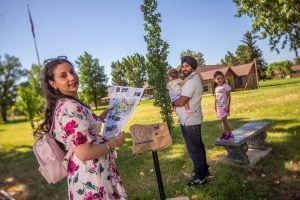
2. It is listed on the National Register of Historic Places
The Stewart Indian School campus is a 110-acre National Historic District that comprises more than 65 historic buildings. In 2015, the Nevada State Legislature passed a bill designating the State of Nevada Indian Commission as the coordinating agency for activities and uses of the buildings and grounds of the school. The Nevada Indian Commission has applied to the National Park Service for the Stewart Indian School to be awarded National Historic Landmark status.
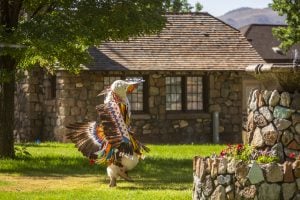
3. The Cultural Center & Museum is now open
The newly renovated Cultural Center is open from Monday-Friday, 10 a.m. – 5 p.m. (closed on weekends and federal and state holidays). In 2015, 2017 and 2019, the Nevada Governor and Legislature appropriated state funding to create the Stewart Indian School Cultural Center, Museum and Welcome Center to interpret 90 years of history. This newly designed Center is dedicated to the memories of the first Stewart students from Great Basin tribes in 1890, and all students and their families who were impacted by the Stewart experience. The museum was recently awarded several grants and private donations. There is no admission charge, but the museum accepts cash donations to help pay cultural teachers for beading and basketmaking classes.
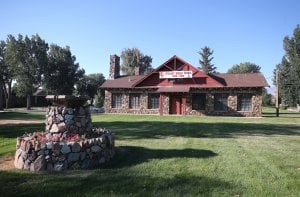
4. There’s a storytelling room
The storytelling room displays an exhibit about the four main language groups of Nevada: Wa She Shu (Washoe); Numu (Northern Paiute); Nuwu (Southern Paiute), and Newe (Western Shoshone). Among these four groups are 27 federally recognized tribes, bands and colonies. The room is used for storytelling by members of these tribal nations, as well as craft demonstrations and documentaries about Stewart Indian School and Nevada’s tribes. Great Basin languages are displayed throughout the exhibits. In the Wa-Pai-Shone Gallery, there is contemporary art by Great Basin Native artists. Many of the featured artists are Stewart alumni. Much of the art displayed is for sale and 100% of the profits go to the artists.
5. You can also check out this rock scavenger hunt
We invite the public to learn about the beautiful rocks that were used to build over 60 buildings at the Stewart Indian School campus. Former state geologist Jonathan Price and Dennis Bryan created a scavenger hunt to learn about the rocks used in the Stewart buildings. When Superintendent Frederic Snyder arrived in 1919, the wooden buildings were deteriorating. Under Snyder’s leadership and with the guidance of Hopi and Italian stonemasons, students learned the vocation of masonry and built more than 60 buildings at the school, mostly from 1922-1942, using multi-colored rocks that were collected locally. Snyder also added landscaping with trees, flowers and trellises.
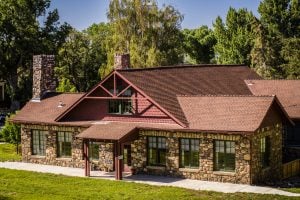
6. The Stewart Braves won the Nevada State ‘A’ Basketball Title in 1966
In a fiercely contested game against Moapa Valley High School, the Stewart Braves won 62-59. In addition to that, there were many sports teams and clubs at the school. Basketball, softball, baseball, wrestling, track and field, and football were just a few. Throughout the main exhibit in the museum, you will see and hear the students who attended Stewart through their own words.
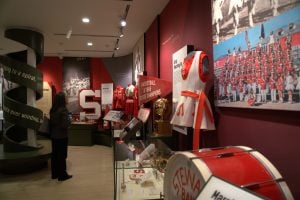
7. The Stewart Indian School has 26 stars
Students from Stewart Indian School participated in World War I either as enlisted men or as volunteers, before they were citizens of the United States. Many served in the Army’s 91st Division, also known as the “Wild West Division.” Stewart had 26 enlistees which represented about 9% of the student body at that time. To honor the service of Indian men during the war, Congress granted citizenship to all honorably discharged Indian veterans in 1919. In 1924, Congress passed the Snyder Act, granting citizenship to any American Indian not already designated a citizen.
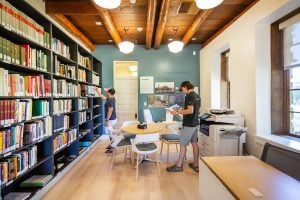
If you’re visiting Carson City or are in the area, this is a must-see as there is nothing else quite like it. Learn more about American Indian history in Nevada; a time when there was a profound impact on many lives. You will be more enriched because of it.
